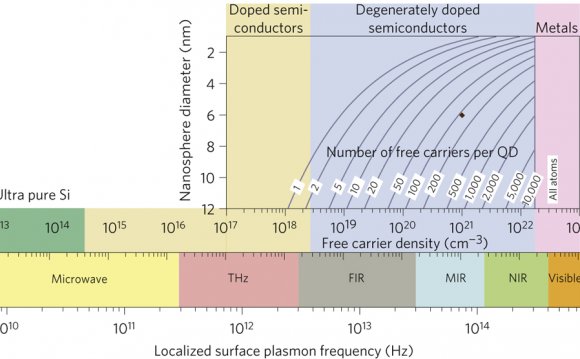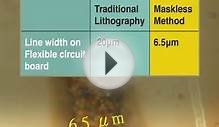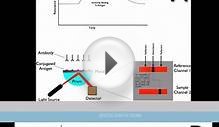
 We study the blueshift of surface plasmons resonance in graphene disks stacks.
We study the blueshift of surface plasmons resonance in graphene disks stacks.
The coupling of graphene nanostructures was studied at the electrostatic limit.
•Each uncoupled mode has only one blueshifted hybrid mode in strong coupling limit.
•Transition between weak and strong coupling regimes is driven by edge plasmons.
•Resonance frequency in graphene disks stack can be increased up to 0.69 eV.
The extraordinary properties of graphene surface plasmons like strong field confinement, long propagation distance and tunability have made graphene an attractive alternative to noble metals. However, it is still experimentally challenging to increase the resonance frequency in graphene nanostructures beyond the mid-IR limit. In this work, we investigate the blueshift of surface plasmon resonance frequency via plasmon hybridization in graphene disk stacks. Based on a nonretarded approach, we study the plasmon hybrid modes in graphene disk stack structures, considering the optical coupling between the uncouple eigenmodes of each disk. Through this methodology we were also able to extract the scattered and absorbed fields. We find that due to plasmon hybridization in an N-disk stack, each uncoupled mode splits into N hybrid modes. When the distance between disks is close to the strong coupling limit, we observe that for each uncoupled mode there is only one hybrid mode that is blue-shifted compared with the resonance frequency of its respective uncoupled mode. Analysis of the hybridization by reducing the distance between disks shows that in the transition between the weak and strong coupling regimes the interaction is mainly driven by the coupling of edge plasmons. For a stack with 25 graphene disks having a Fermi level of 1.0 eV and a 50 nm disk diameter, we observe that surface plasmon hybridization can effectively blueshift the resonance frequency up to 0.69eV (1.8 μmμm). In addition, compared to a single graphene disk with the same diameter, the 25-disk stack can increase the peak of absorption and scattering cross sections by 12 and 38 times, respectively, opening up a wide range of applications for graphene surface plasmons in the near-infrared regime.
YOU MIGHT ALSO LIKE












